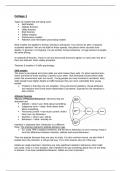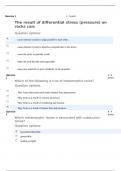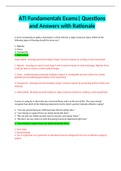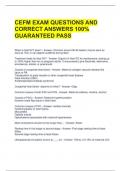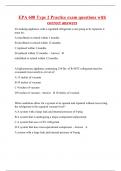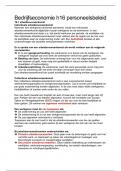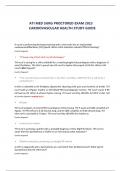College aantekeningen
All lecture notes Traffic Psychology and sustained mobility
- Instelling
- Rijksuniversiteit Groningen (RuG)
All lecture notes of the course Traffic Psychology and sustained mobility. All the 7 lectures, including the guest lecture in week 7. It is written in English.
[Meer zien]
